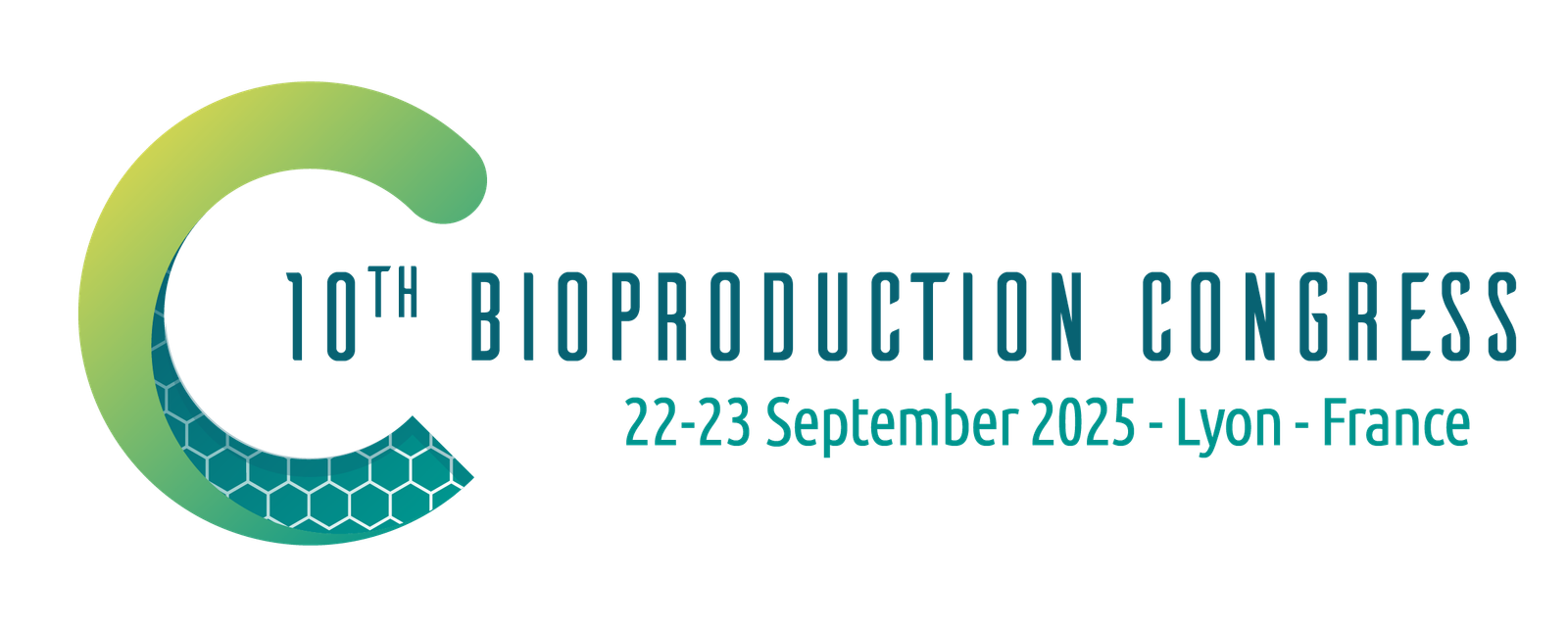REGISTER / ACCESS B2B
The registration platform will be open in early 2025.
Click on one of the following buttons to register or log in:
| Fee rate (excl. VAT) Participant Type |
Early Bird (until 30/06/2025) - Extended until 04/07/2025! | Full Rate | ||
|---|---|---|---|---|
| Member | Non Member | Member | Non Member | |
| Mature Company | 580 € | 770 € | 740 € | 990 € |
| SME (50 employees max) | 400 € | 530 € | 500 € | 670 € |
| Start-up (3 years max) | 200 € | 265 € | 300 € | 400 € |
| Biotherapy product company* | FREE Entrance – Ask us the code | |||
| TTO / Cluster / Association / Consultant | 250 € | 335 € | 350 € | 465 € |
| Investor | 280 € | 375 € | 400 € | 530 € |
| Academic | 100 € | 180 € | ||
| PhD / Master Student | 80 € | |||
*For companies developing only biotherapeutic products and with a maximum of 20 employees.
Prices are VAT excluded. VAT: 10%
Please note that the price is guaranteed at the time of registration and not at the time of payment.
Groups Discounts Available ! Special rates are available for multiple attendees from the same organization. Please contact Pierre-Mehdi Hammoudi to know more about it!
Cancellation policy:
• Before 13th July 2025: 90 % refund
• From 14th July to 17th August 2025: 60% refund
• From 18th August 2025: no refund
Cancellation requests must be sent by email to: chun.luy@mabdesign.fr
